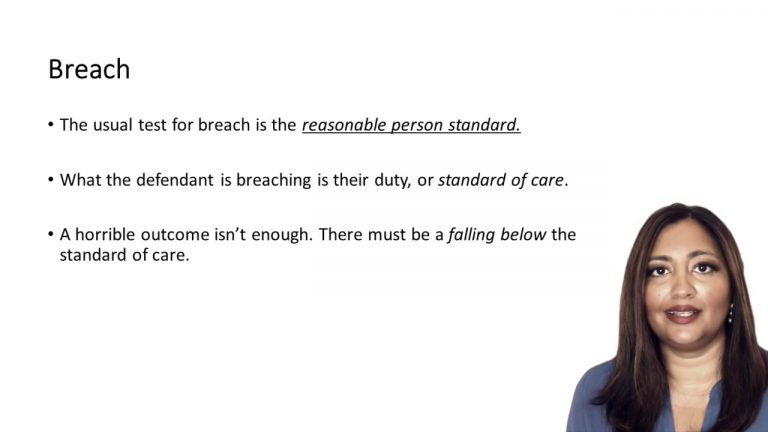SmartBrief
Confirm favorite deletion?
Business Organizations Keyed to Macey
Brown v. McLahanan
Citation:
148 F.2d 703 (1945)Facts
The appellant, Dorothy K. Brown, as the holder of voting trust certificates representing 500 shares of the preferred stock of the Company, brought a class action against the voting trustees and the company, seeking to set aside as unlawful an amendment of the company’s charter which purports to vest voting rights in the debenture holders. The securities involved here were issued under a plan of reorganization of the United Railways and Electric Company of Baltimore and the Maryland Electric Railways Company. Under the plan, voting rights were vested exclusively in the preferred and common stock. The amendment, which took effect soon after, effected several changes in voting rights. It eliminated the arrearage clause which had provided for exclusive voting rights in the preferred stock. It also granted voting rights to the holders of debentures. And the common stockholders would be deprived of their exclusive right to elect one director.
Only StudyBuddy Pro offers the complete Case Brief Anatomy*
Access the most important case brief elements for optimal case understanding.
*Case Brief Anatomy includes: Brief Prologue, Complete Case Brief, Brief Epilogue
- The Brief Prologue provides necessary case brief introductory information and includes:
Topic:
Identifies the topic of law and where this case fits within your course outline.Parties:
Identifies the cast of characters involved in the case.Procedural Posture & History:
Shares the case history with how lower courts have ruled on the matter.Case Key Terms, Acts, Doctrines, etc.:
A case specific Legal Term Dictionary.Case Doctrines, Acts, Statutes, Amendments and Treatises:
Identifies and Defines Legal Authority used in this case.
- The Case Brief is the complete case summarized and authored in the traditional Law School I.R.A.C. format. The Pro case brief includes:
Brief Facts:
A Synopsis of the Facts of the case.Rule of Law:
Identifies the Legal Principle the Court used in deciding the case.Facts:
What are the factual circumstances that gave rise to the civil or criminal case? What is the relationship of the Parties that are involved in the case.Issue(s):
Lists the Questions of Law that are raised by the Facts of the case.Holding:
Shares the Court's answer to the legal questions raised in the issue.Concurring / Dissenting Opinions:
Includes valuable concurring or dissenting opinions and their key points.Reasoning and Analysis:
Identifies the chain of argument(s) which led the judges to rule as they did.
- The Brief Prologue closes the case brief with important forward-looking discussion and includes:
Policy:
Identifies the Policy if any that has been established by the case.Court Direction:
Shares where the Court went from here for this case.
Topic Resources
Topic Outline
Topic Refresher Course
Topic Charts & Notes

 11m 27s
11m 27s